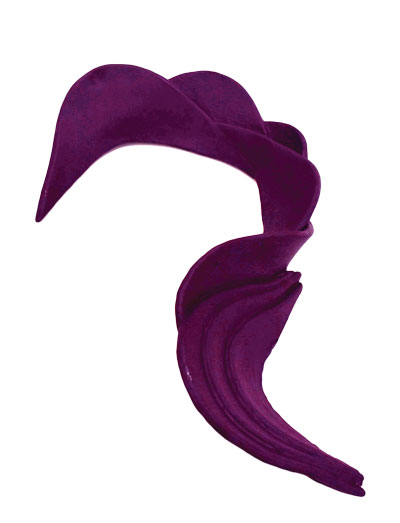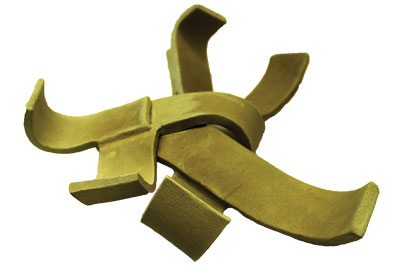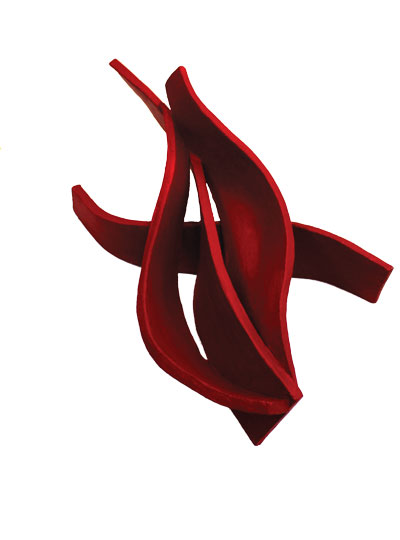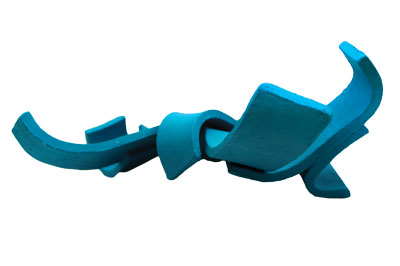 |
| Marijne V., grade ten. |
 |
| Hannah S., grade eleven. |
I separate these ideas into specific projects/assignments. I think of them as concepts one must understand and be able to express in order to create art. I spend the first several months of class extracting and exploring these elements one at a time, usually through a variety of materials. When we begin to combine these concepts to make art, students have a vocabulary and a reference to discuss what is working or not in their sculptures. The exercises are simple, but they yield significant dividends.
Exploring Planes with Paper
We start with a question: What is a plane? A plane is defined as an element that has surface direction and slant unaccompanied by mass. The whole point of the exercise is to explore and understand the characteristics of planes and how multiple planes can relate and interact with each other in space. The exercises are giant open-ended questions that students can answer in a multitude of ways but using the same process.
Students start by playing with paper. They cut it, fold it, bend, and curve it to see what kind of plane appeals to them. Once they have a curve that they want to move forward with, they make a minimum of five iterations. I use the word “iteration” because it is a copy but implies a new version of that copy. We want the planes to be related and connected visually, but not identical. After that, students begin to assemble the paper structures.
Discussing Group Movement
We take time to talk about schools of sardines and how they move. When disrupted, the sardines scatter but end up miraculously connecting and coming back together to continue in the same direction. In an attempt to make the planes demonstrate a group movement, I ask students to arrange their projects to show a direction or movement like scattering sardines.
Once they complete that step, I ask them to repeat it three times to create multiple miniature paper sculptures. At this point, students pitch me on the concept they want to proceed with and why it will be a successful work. Once we agree, students take the next leap in the exercise—clay.
 |
| Eric Z., grade eleven. |
 |
| Hannah S., grade eleven. |
A Surprise Twist
The twist that I keep to myself until students finish the miniature stage is that they will not be making their final work out of paper. They are going to roll slabs of clay, cut planes using stencils, and score and slip the planes together to recreate the paper maquette. Students face one last challenge in adapting their ideas to a shift in material. What they do in paper sometimes can’t be reproduced in clay and adjustments need to be made.
Reflections
The lessons and projects in my artroom are set up to challenge students and make them think and find solutions. Students have to adapt to the material changes or scaling issues that I add to the project once they have progressed far enough. What I see happen is that students begin to think and plan. My room isn’t a sculpture studio—it’s a design lab, and my goal is to turn my students into creative problem-solvers.
Jude Saleet is art department chair at Oakwood School in Seaside, California. jsaleet@hotmail.com
NATIONAL STANDARD
Creating: Conceiving and developing new artistic ideas and work.
View this article in the digital edition.





